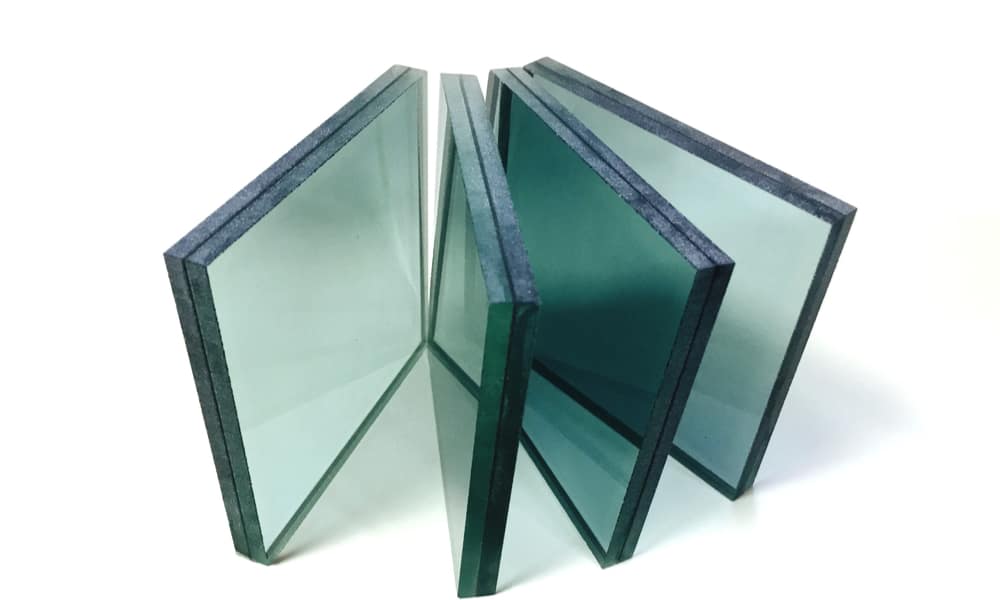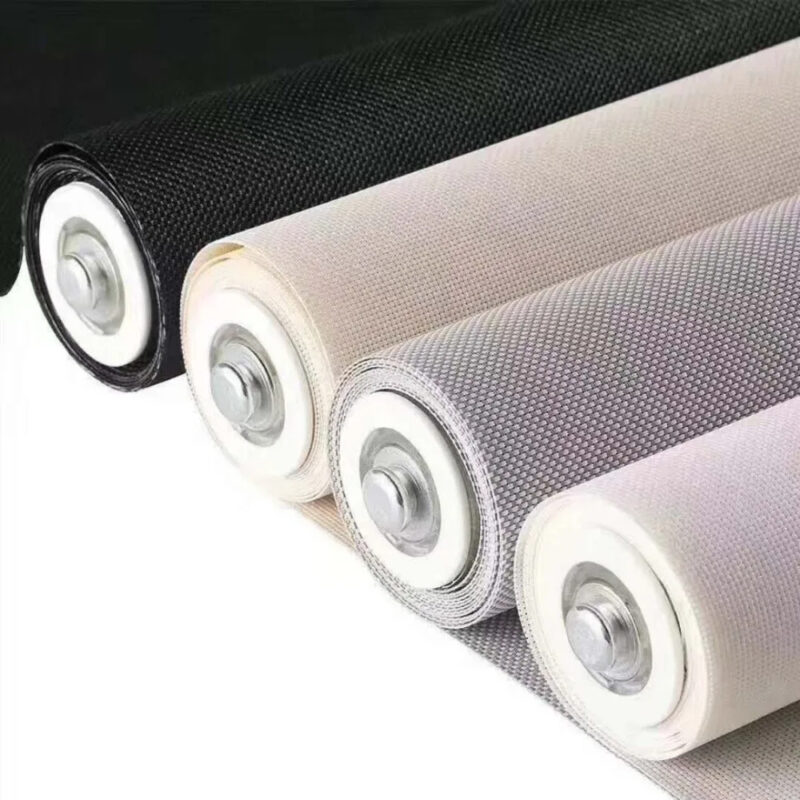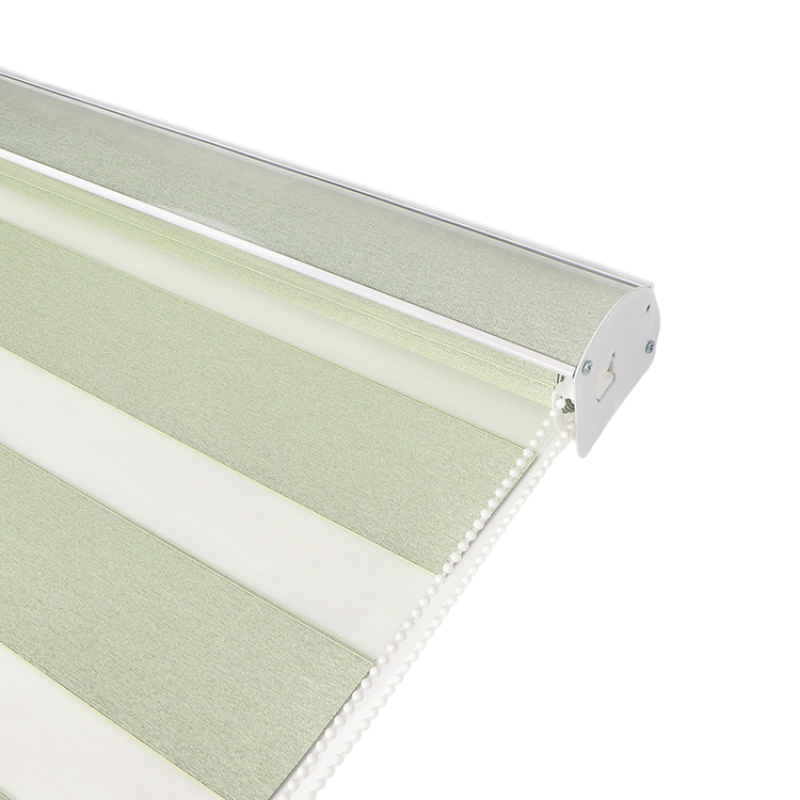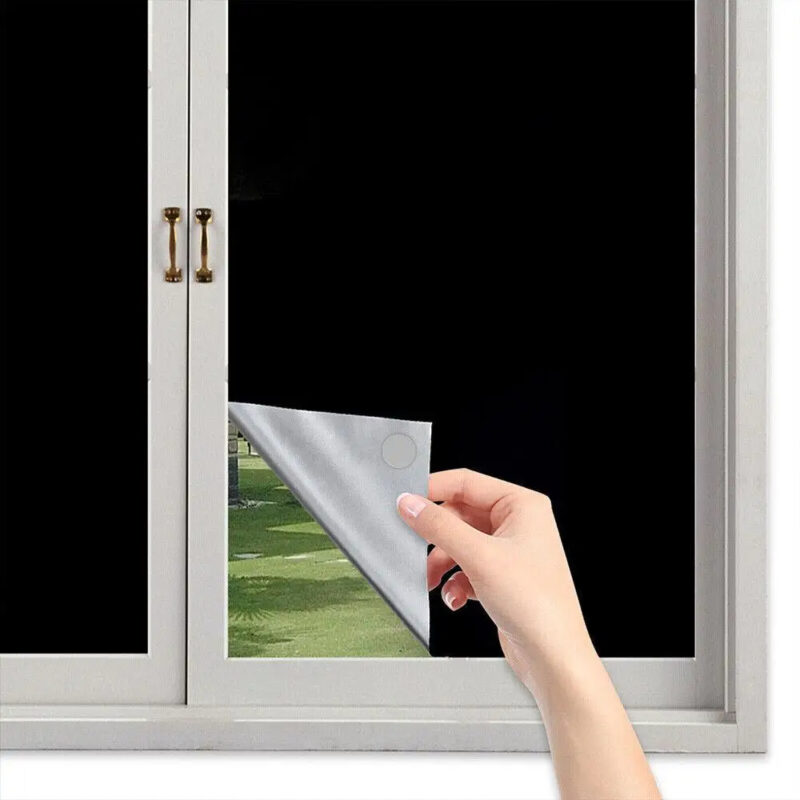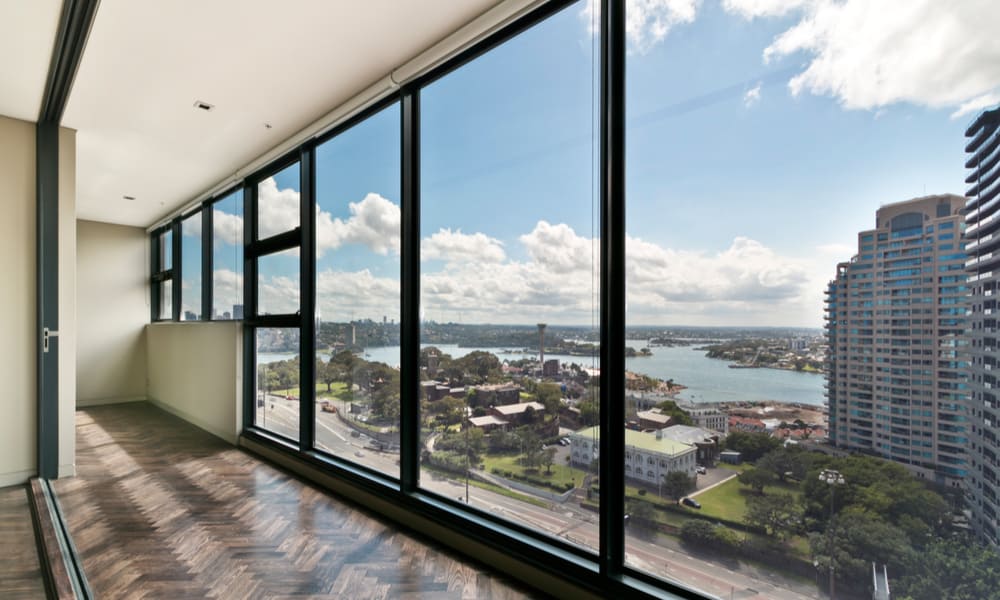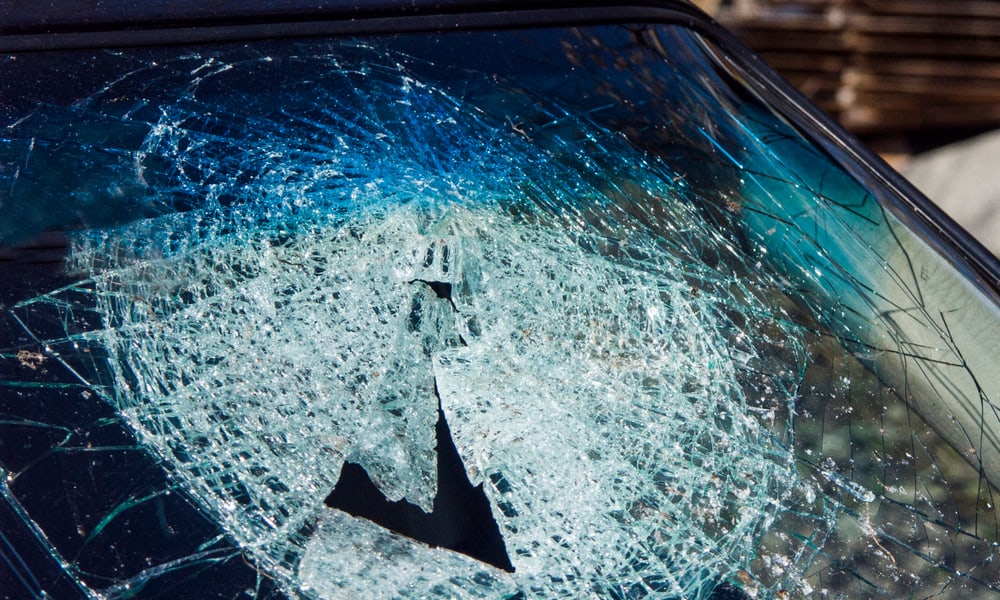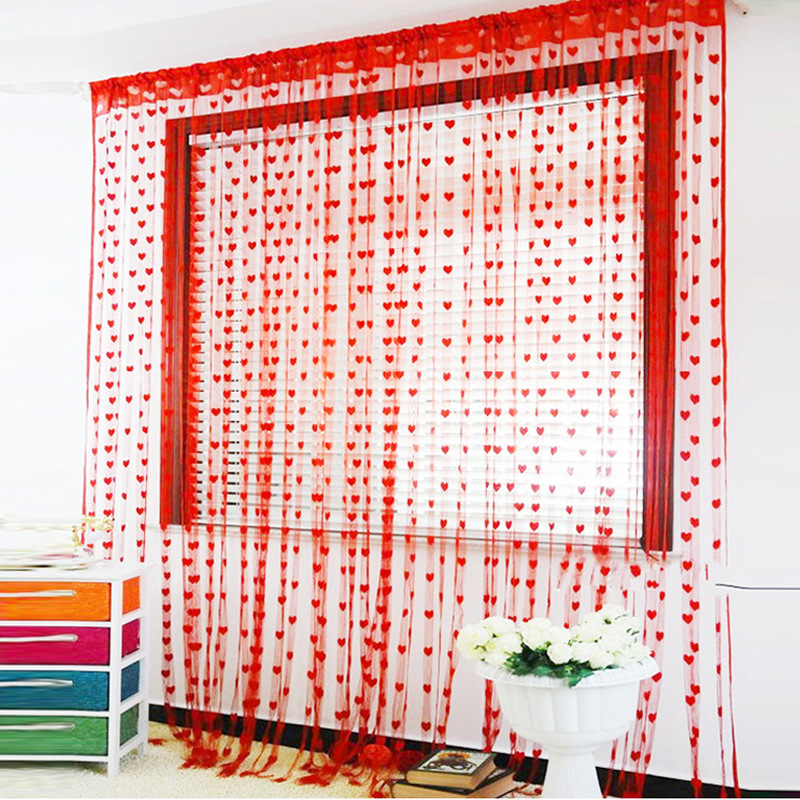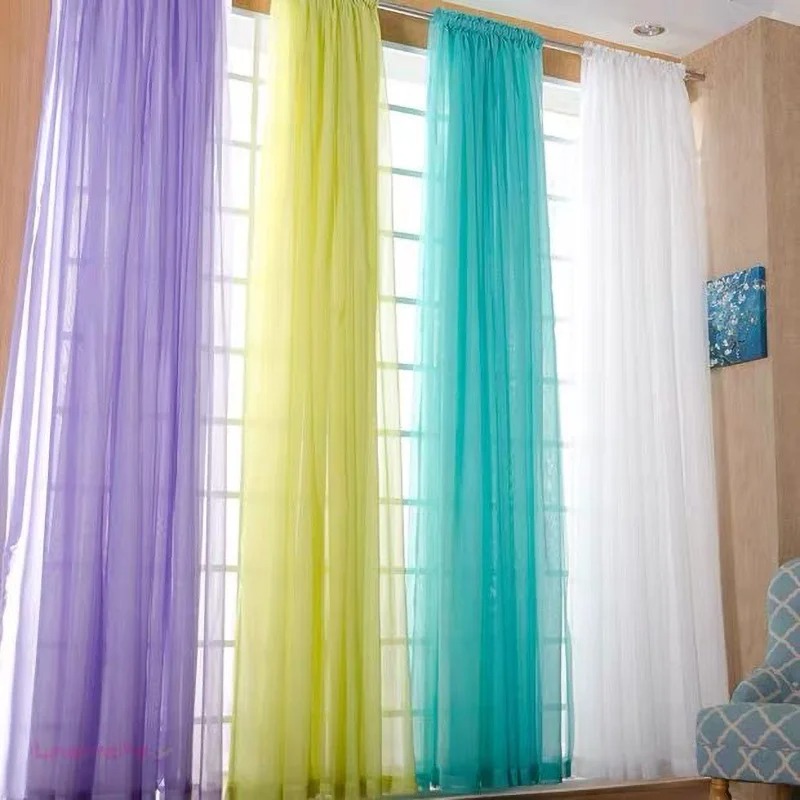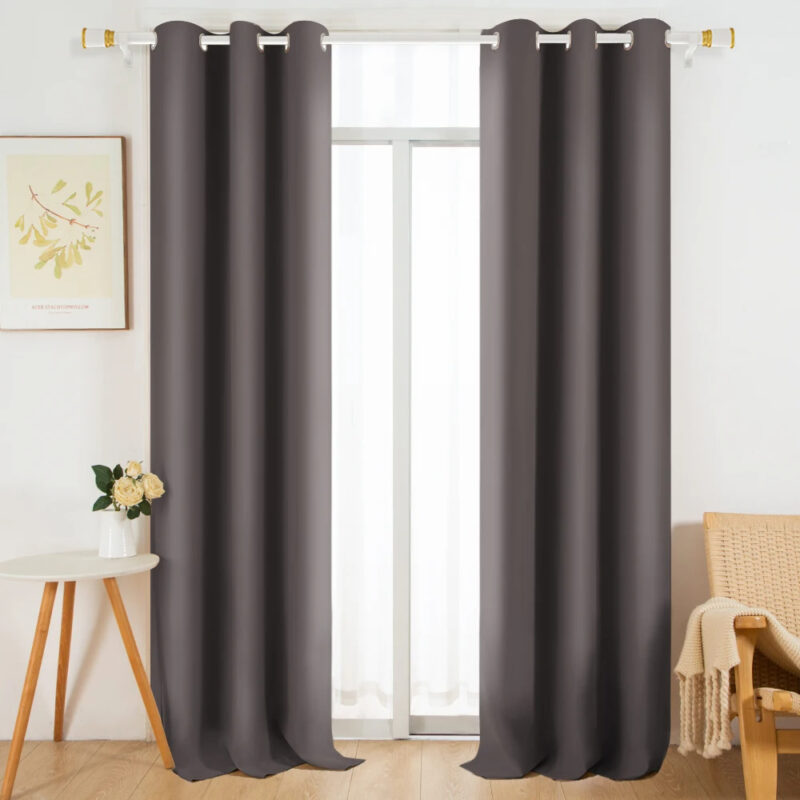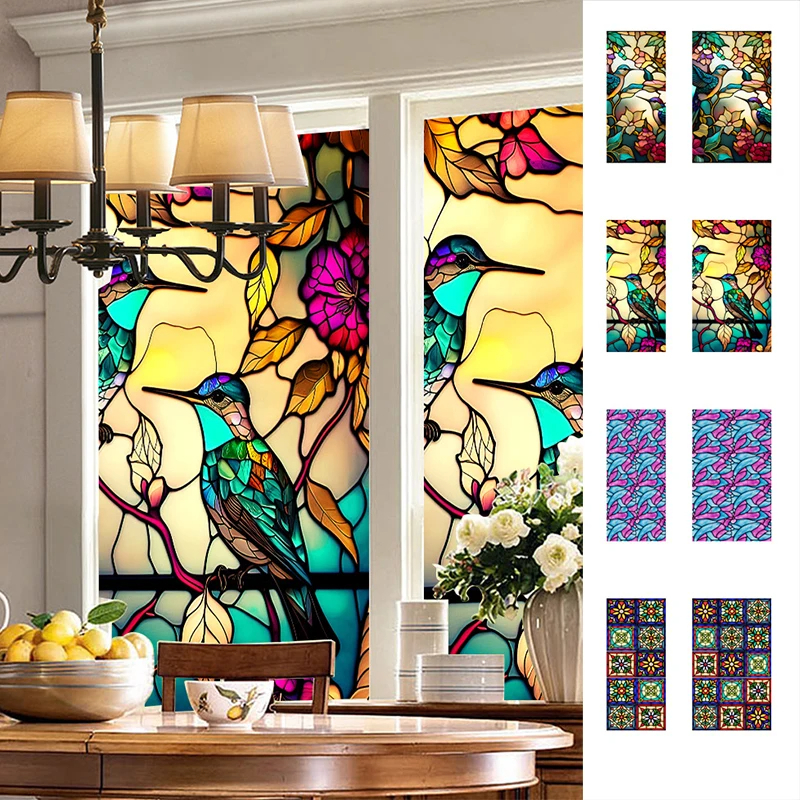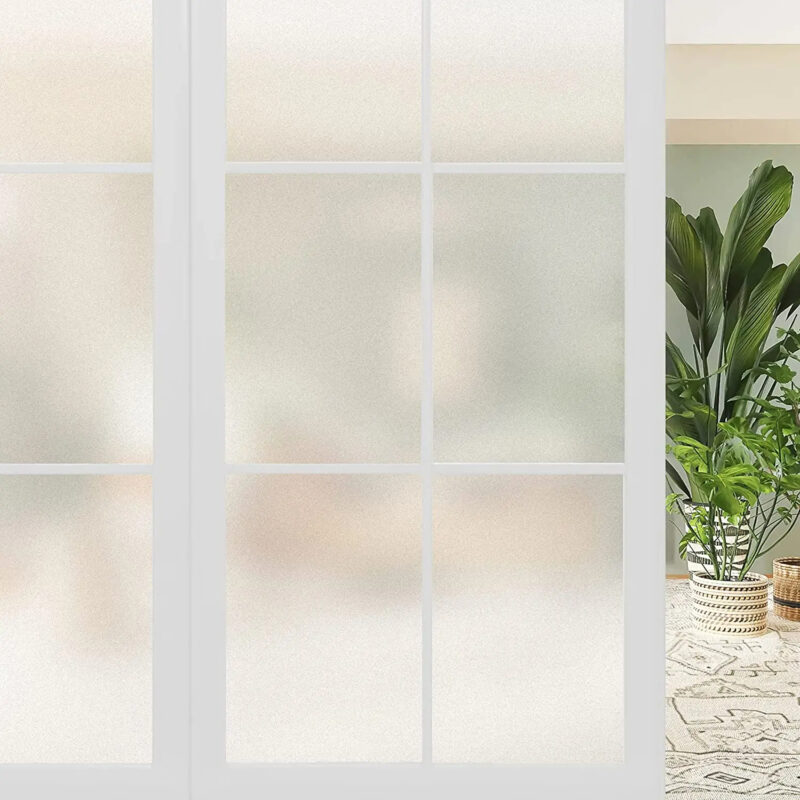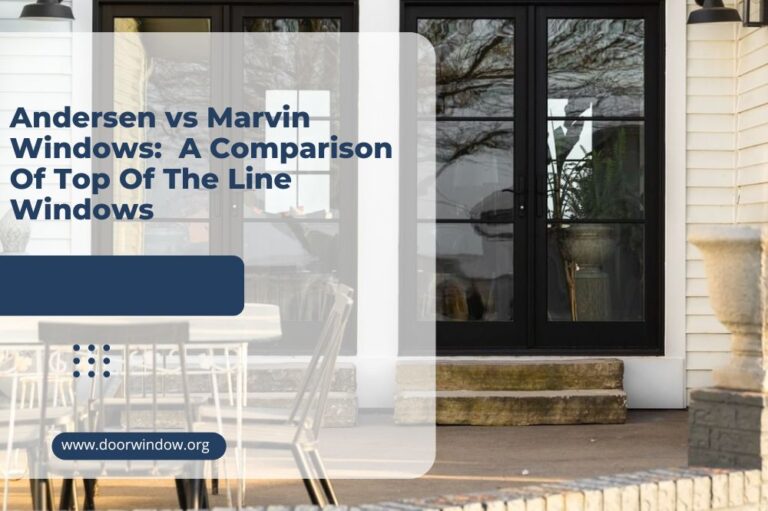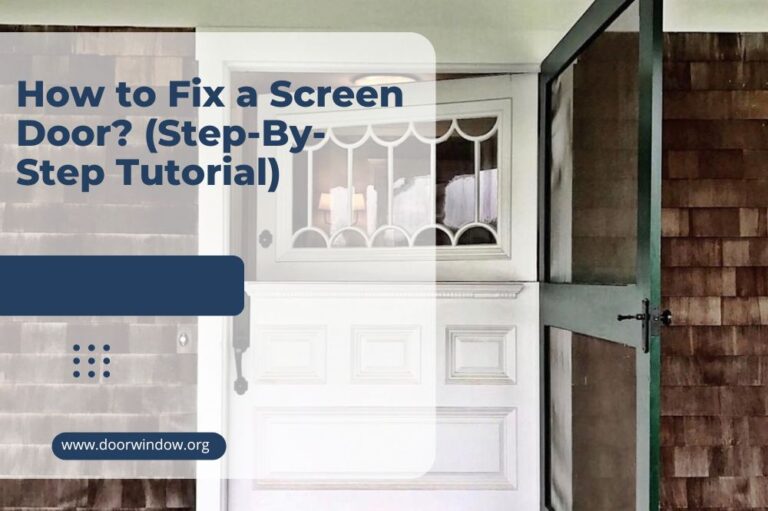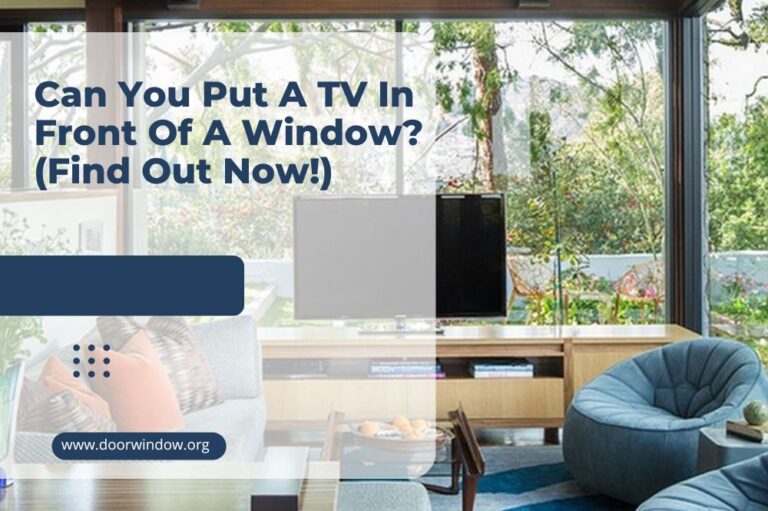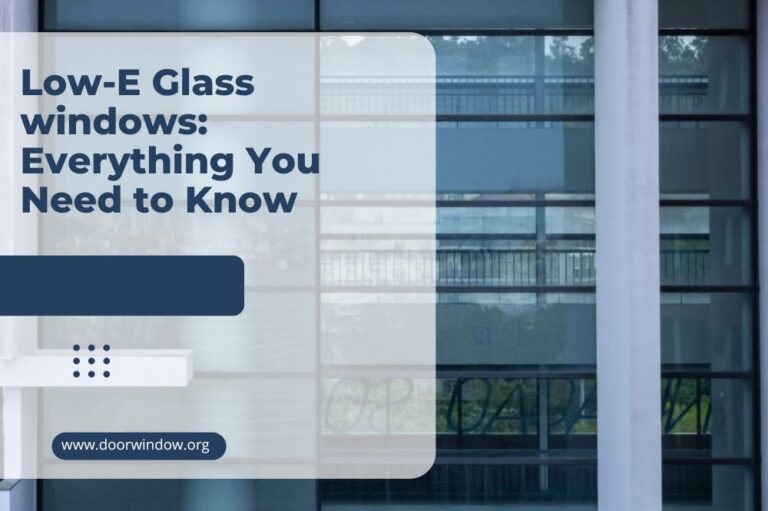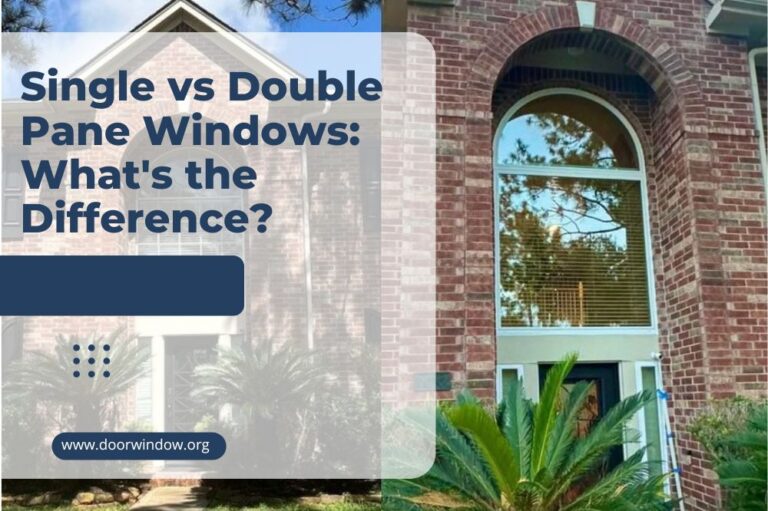Window Laminate: Everything You Need to Know
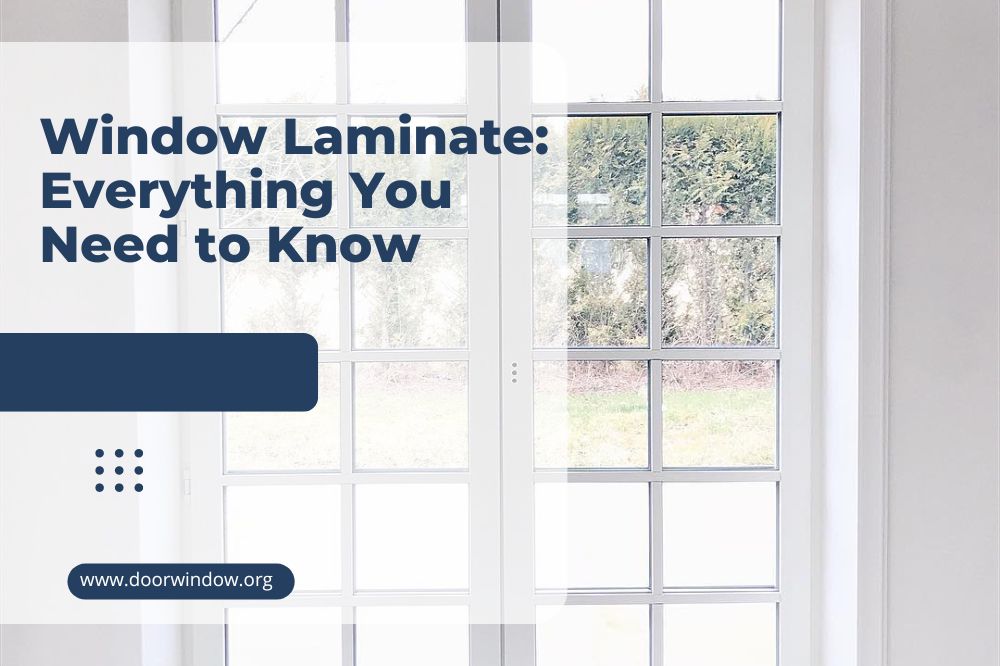
When it comes to window security, laminated glass is definitely one of the best choices for the windows in your house you can find on the market. It is a product tough enough to resist massive impact and stay in one piece under pressure. Therefore, the auto industry uses it to make car windshields.
However, there are a few pros and cons when it comes to window laminate. So, you should research this topic carefully before choosing one for your home. Let’s take a close look.
What Is Laminated Glass?
Laminated glass is the type of glass that contains two or more layers of glass stuck together with a flexible PVB interlayer. To get it, manufacturers use heat and pressure to make the chemical bond between the layers and create entirely new material at the end of the process.
The thickness of window laminate, as well as the number of layers, vary and represent the primary criteria that define its quality. The thicker the laminate is, the higher will be its break strength.
Also, more layers in the laminate will increase its tear strength. You can find laminated glasses with two to nine layers on the market. The model you need for your home will depend on its purpose.
What mainly sets laminated glass apart from other types of glass is that flexible PVB interlayer. It keeps it in one piece even after breaking.
Regular glass cracks and can hurt someone in case of an accident. On the other hand, the window laminate won’t shatter in a similar situation. Therefore, the risk of someone getting hurt is minimal.
History of Window Laminate
In 1903, the French chemist Eduard Benedictus had a lab incident with a glass flask filled with the plastic cellulose nitrate. He dropped it accidentally and stayed surprised that shattered glass didn’t break into pieces.
After hearing about a car accident and two women injured severely by broken glass, he filed a patent and started producing window laminate glass in 1909.
At the very beginning, the production of laminated glass was slow and highly expensive. Therefore, most car companies didn’t accept it right away. However, the army started to widely use laminated glass in the production of eyepieces for gas masks during World War I.
Nowadays, using window laminate in the car industry is mandatory for making windshields. However, more and more house owners choose this type of glass for windows in their homes, as well.
The manufacturers always label window laminate used for windshields with code or logo. You can see it printed at the corner of the car window with a note ‘laminated’ or ‘tempered,’ depending on the type of glass used.
Advantages of Window Laminated Glass
There are many reasons to decide to purchase window laminate for your home, including:
- This type of glass is safe
- You will appreciate its durability
- It can resist impact by pieces of metal and rocks
- This type of glass is less vulnerable to changes in temperatures and pressure than ordinary glass
- It provides a reduction of outside noise
- Since window laminate blocks 99% of UV light, you will get UV rays protection and desired night privacy without applying one-way window film on window panes
- The installation takes minimum effort and time
- These windows are versatile and easy to install
Since window laminate glass is reliable, you may give preference to it in many situations:
- When you want to protect your home against some physical threat
- If you live with small children and/or pets
- When you wish to avoid noise from the outside
- When you want to secure your home against environmental disasters such as tornadoes
The Practical Purpose of Window Laminate
The reason window laminate stays together after damaging is hidden in the way of its construction. During the process of manufacturing, a thin layer of polyvinyl is inserted between two layers of glass. It prevents the laminated glass from breaking into pieces.
Therefore, this type of glass is highly practical for many purposes:
- Store – If you are a store owner looking to replace the front window, laminate glass is what you need. It will protect your working place from both a thief and unintentional accidents.
- Small kids in the house – If you have toddlers in your home or a neighborhood, you are at a high risk of facing the broken window at some point. Since regular glass is highly dangerous in such situations, you should protect your kids from being hurt by installing window laminate glass. It will stay in the frame after damaging, which will keep your children safe.
- Cars – In case of a car accident or when a ball hits the windshield of your vehicle, laminated glass is an irreplaceable option. It will form a spiderweb-like pattern after being hit, unlike regular glass that shatters in a million pieces.
Disadvantages of Laminated Glass
Nothing is perfect, so choosing this type of glass has its downside, as well. The customers don’t like some characteristics of window laminate, including:
- Price – Window laminate glass is much more expensive than the regular one, including tempered. Unfortunately, there is no way it will be cheaper any time soon. It goes through more steps during the manufacturing process and contains several layers of material. Therefore, the only way not to jeopardize your budget is to change one or two windows at a time. That way, you will replace all the windows in your house gradually.
- It is hard to get it – There are just a few manufacturers and designs of this type of glass available, which will limit your choices. Also, a list of places where you can purchase window laminate is quite short. That means you probably need to wait for weeks before you get new windows.
- It is impractical – Not every size of the window works well with this option. If your windows are of an irregular size or if they are too large, laminated window glass might not be the best choice.
- It is vulnerable – Although window laminate is considered safe, it is actually easier to break than tempered glass. The difference is that when broken, the tempered glass falls out of the frame, and laminated glass typically stays in it.
- It is heavy – The weight of the glass can wear on the hardware, which can lead to additional repairs over time.
- It is difficult to cut it – Plastic interlayers in laminated glass make cutting window laminate difficult. So, you will need a professional to take care of it, which will increase overall costs.
- It is not easy to film it – Nowadays, more and more homeowners want to apply a new window film for day and night privacy. With laminated glass, it won’t go easy.
The only way is to apply the film to the outside of the glass, which means that you can’t use high absorbing films. If you apply it, your window laminate can crack suddenly within a short time.
Laminated vs. Tempered Glass
Unlike laminated glass, tempered glass is a kind of safety glass processed by intense heating followed by rapid cooling. That procedure increases its strength significantly compared with standard glass.
The result is that this type of glass falls apart into small segments when broken instead of breaking into sharp pieces like in a case of breaking ordinary glass. The great thing is that these chunks have a lower chance of causing injury.
There are a lot of differences between laminated and tempered types of glasses:
While tempered glass is smooth, and in one piece, the laminated one has layers you may spot. Also, when you gently tap the glass with a coin, you will hear a dull sound if you have window laminate, while tempered glass will sound like a high ping.
Additionally, toughened glass is five times stronger than a laminated one of the same sizes and thicknesses. However, after the strong force is applied to the tempered glass, it will break and skater into numerous pieces.
On the other hand, window laminate glass will stay in one piece and protect what is behind it. You will only see a spider web trail visible on it.
The process of producing both laminated and tempered glass is complicated, but laminated one is a more expensive option. However, it is worth installing in your house since this type of glass is the most secure option you can find on the market.
Nowadays, many car manufacturers try to avoid the installation of costly laminate glass and plan to switch to a tempered-laminated one. It seems that more and more cars will have this hybrid glass installed in the future.
For now, the law requires companies to use laminated glass for windshields. Since manufacturers tend to increase the safety of their cars, most of them have already started to use laminated glass for side and rear windows, as well.
Summary
When it comes to window laminate glass, plusses outweigh the minuses. Laminated glass has many benefits and applications. It is safe and makes your home quiet. Plus, once you install it, you won’t need to get your windows replaced for years.

